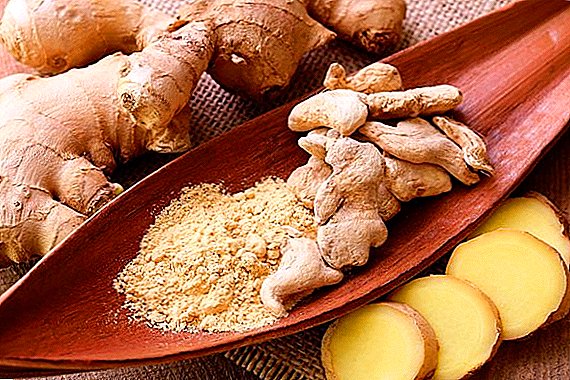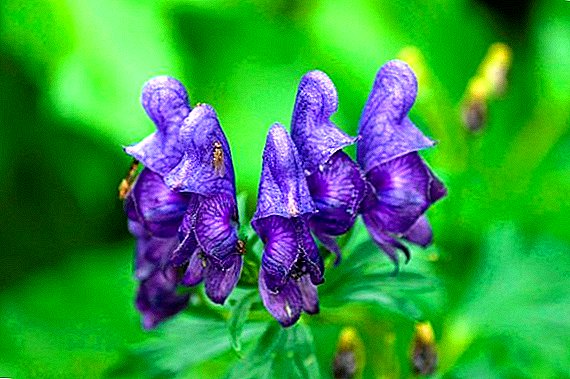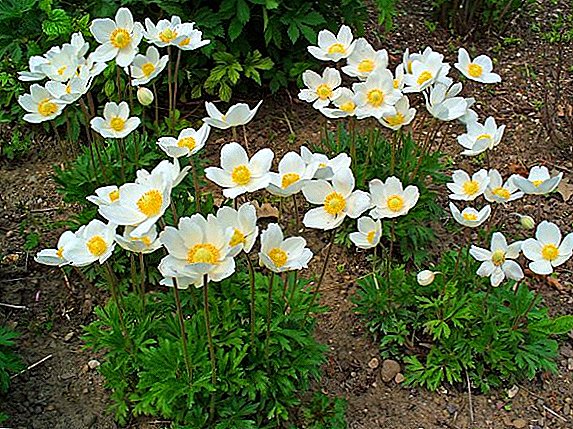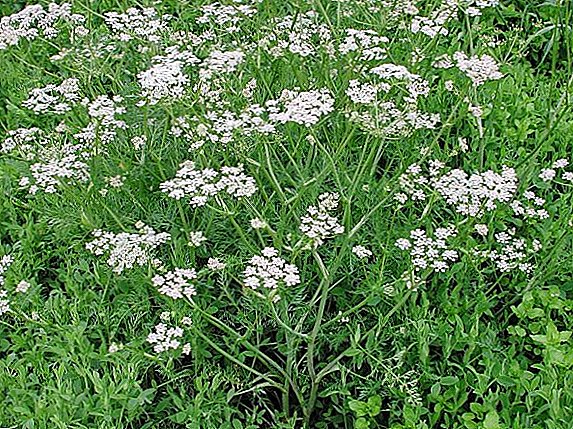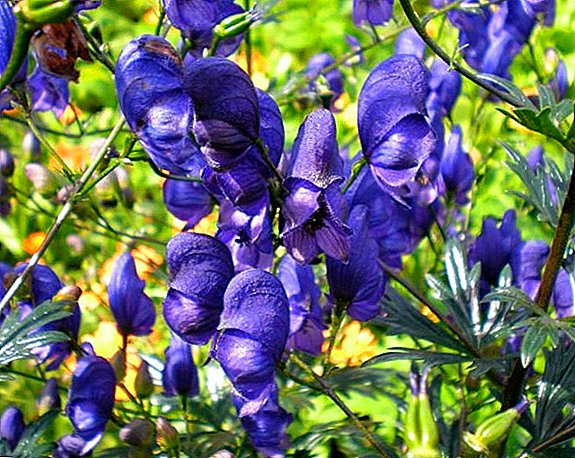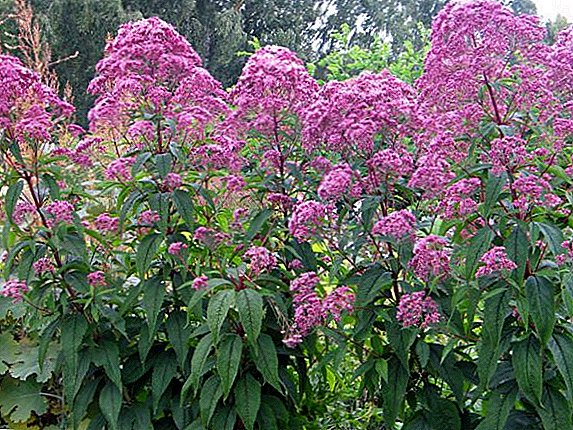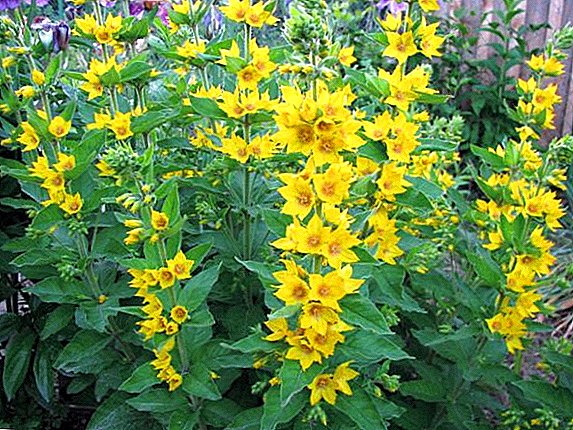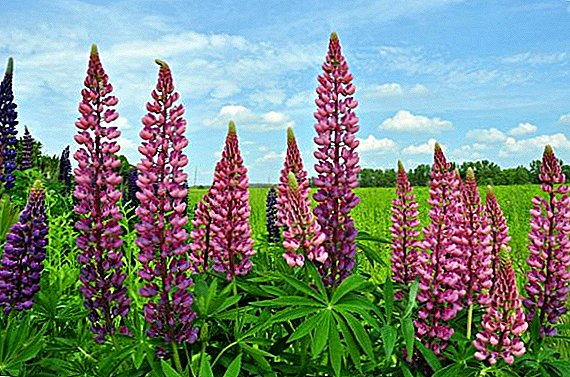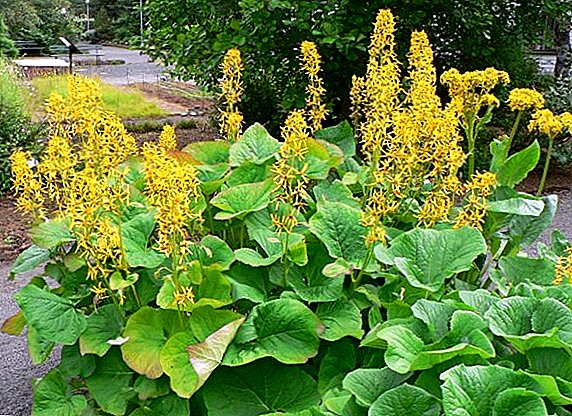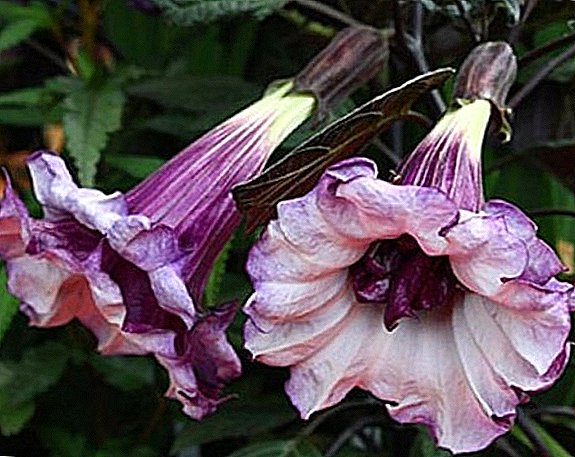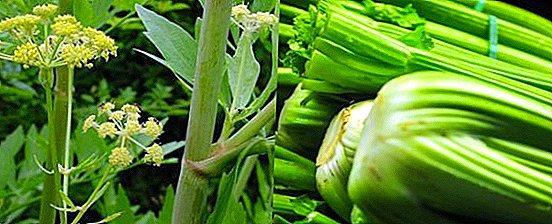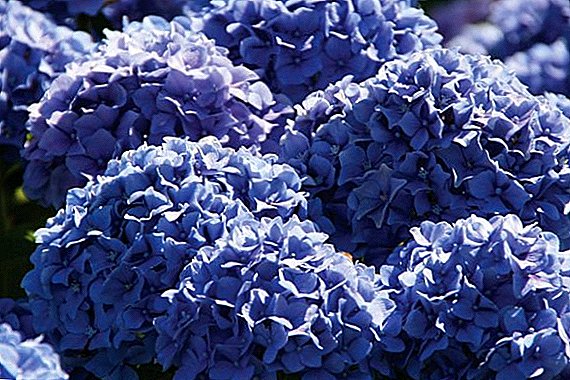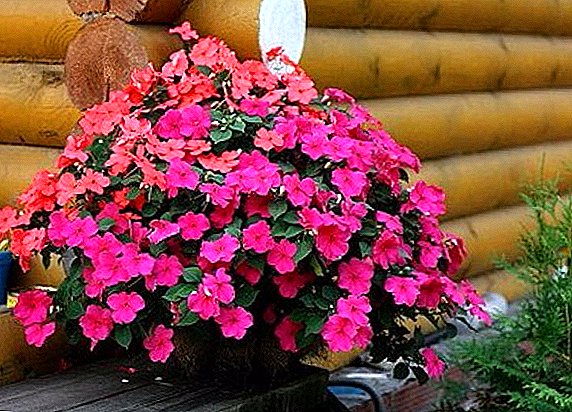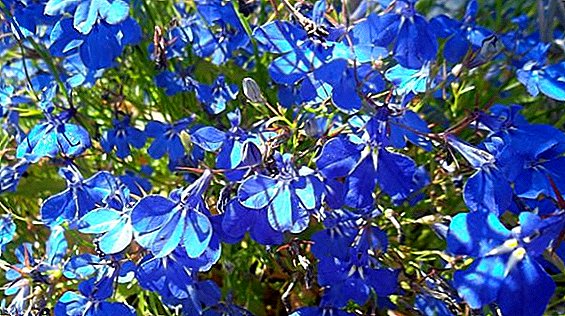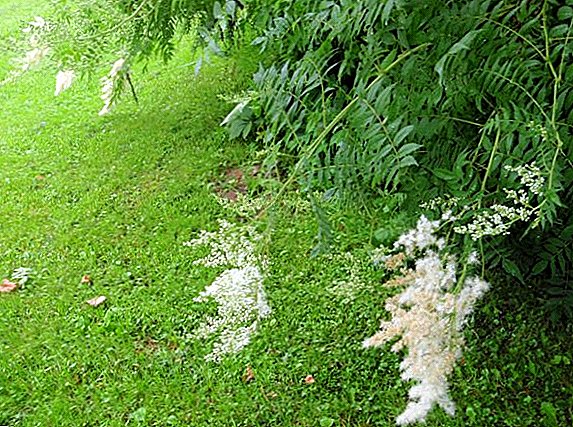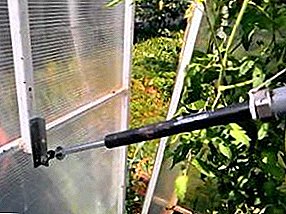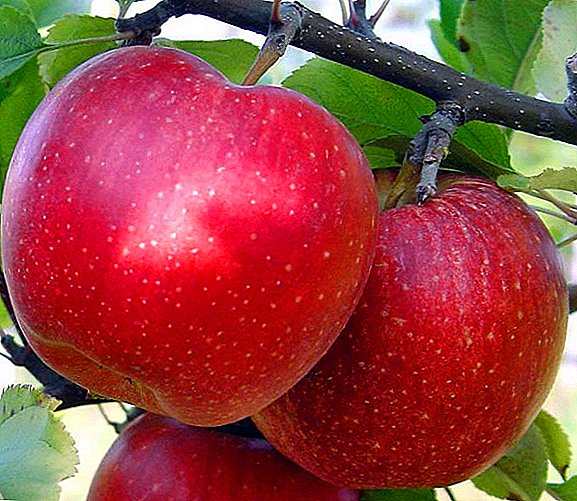Crop production
Ginger looks like bamboo, which is why it is often grown as a decorative element in gardens. But mostly it is used as a spice, adding to various dishes. True, the healing properties of the plant root have recently been valued. It improves digestion, increases potency, strengthens memory.
Read MoreCactus - quite an interesting plant, which prefers grassy plains, dry forests and even deserts. Each species is unique in its own way and can be used not only as an ornamental plant, but also to bring practical benefits. Today, cacti are actively used in everyday life and medicine, both in traditional and folk.
Read MoreAconite - herbaceous perennial plant of the genus buttercup, with straight stems. He has an unusual form of flowers, often blue shades, there are white and yellow. Aconite blooms in July, its inflorescences resemble lupine flowers. Almost all types of aconite are poisonous. Aconite high (Aconitum exelsum) Aconite high in its natural environment is common in the forests of Russia, in the south of Siberia and in the mountainous areas of Central Asia.
Read MoreThe plant gained its popularity many centuries ago due to its beauty and agrotechnical unpretentiousness. About one hundred and fifty species of anemone (anemone) are now known. Their sizes vary from 10 cm to 1 m, and the color is also diverse: blue, yellow, blue, white, pink. Anemone has long been known for its healing properties, thanks to which it has been used in traditional medicine.
Read MoreAny hostess knows that cumin is an indispensable spice. Possessing an incredible smell and taste, it is great for meat dishes and sauces. Thanks to our article you will know how to grow cumin in your country and use it for a whole year. Did you know? Caraway tea improves appetite, mood and digestion, improves overall body tone and performance.
Read MoreAconite in nature is not very common, in some areas and at all on the verge of extinction, but its medicinal properties have long been valued. In folk medicine, the properties of the plant are used in many, sometimes hopeless cases, but because of its toxicity, many are afraid to use aconite in treatment.
Read MorePrickly pear - a perennial plant of the cacti family, growing in the steppes of Central America, Argentina, Canada. It is also cultivated in the Caucasus, in Turkmenistan, in the Crimea. From the prickly pear (flat cactus) by the method of cold-pressing the seeds get the most valuable oil, long used in cosmetology and medicine.
Read MoreGrasserie purple is a perennial, reaching a height of two meters, with a well-developed root system and a dense thick stem. Egg-shaped leaflets elongated with notches and a green-blue tint along the edges. Flowers tubular small, gathered in paniculate inflorescences. Large inflorescences bloom with white, pink, blue, red paints.
Read MoreMany gardeners and gardeners believe that umbrella and green crops do not require special care - it is necessary to sow the seeds and the harvest will turn out by itself. However, both dill, carrot, and celery affect diseases and pests. Having identified the yellowed leaves, do not rush to draw conclusions, it is better to consider the symptoms and determine the cause.
Read MoreIn many flower compositions, a multi-leaved grass attracts attention, something resembling birch foliage with brushes strewn with yellow or white, sometimes pink flowers. This grass is the headstrike. She fell in love with many florists and gardeners for their unpretentious care and long abundant flowering.
Read MoreLupine is an annual or perennial plant. There are such varieties of it - grassy, semi-shrubs and shrubs. Homeland lupins is America and the Mediterranean. The root system of these colors is pivotal, the main root can be up to two meters long. It blossoms in an inflorescence in the form of a top brush from a placer of zygomorphic flowers of different colors.
Read MoreDespite the fact that most consider perennial lupins to be wild flowers and think that it is difficult to plant and care for flowers in garden conditions, these plants are becoming increasingly popular among gardeners. Lupine is a member of the legume family, with a well-branched stem root system.
Read MoreIf you like “sunny” tones, you like tall and slender flowers, then you should pay attention to the buzulnik (ligularia). This flower is appreciated by gardeners for its extravagance and beautiful flowering. The plant can grow to a height of two meters and on each inflorescence to have a lot of flowers resembling tongues of flame.
Read MoreDatura or datura-grass is an unusual and beautiful flower that is quite often found on street flowerbeds and personal plots. Datura is completely unpretentious, its planting and care are based on simple knowledge, therefore, if desired, the flower can be easily grown independently, as evidenced by numerous photos of flower growers.
Read MoreOriental poppy or few-leaved - grassy perennial, growing on meadows, mountainous slopes and forest areas. Active plant breeding has been carried out since the end of the 19th century to grow poppy as an ornamental plant. Description of Eastern Poppies Eastern poppies have thick, straight stems with a small number of side shoots.
Read MoreIn the process of growing related crops such as lovage and celery, there may be periods when there is a feeling that they are one and the same plant. Having undoubted similarities, they are still different even in appearance. Important! The assertion that lovage is celery is wrongful - they are simply botanical relatives.
Read MoreHydrangea is a shrub plant belonging to the genus Hydrangians (Hydrangeaceae). It is of interest for flower growers due to the beautiful lush blooming with large inflorescences of various colors: white, blue, pink, blue. Homeland hydrangeas - China and Southeast Asia. The plant was introduced into culture at the end of the 18th century.
Read MoreQuarantus is a genus of annual or evergreen perennial herbaceous plants and subshrubs belonging to the Kutrovye family. The genus includes eight species, the birthplace of seven of which - Madagascar, and one - India and Sri Lanka. The landscape design uses pink quarantus - a half-shrub 40-50 cm, with a lush and dense crown, dark green glossy leaves and acrylic flowers.
Read MoreLobelia - a beautiful garden plant with a lush cloud of small flowers. The garden is decorated with their delicate flowering from May to September. Lobelia looks great in hanging pots and flowerpots, and in land plantings in flowerbeds. When arranging flowerbeds, you can use and combine with each other different varieties and colors of lobelia or shade the delicate beauty of lobelia with other decorative colors.
Read MoreIn one of the Russian schools, the students were asked what a mountain ash is and offered three answer options: a bird of the family of thrushes; thickets consisting of rowan trees; shrub of the Rosaceae family. Many children asked for help on the forums. In fact, the rowanberry (the Latin name Sorbaria, derived from sorbus is mountain ash) is not a bird or tree, but a shrub 2-3 m in height, the main habitat of which is Asia, and also Siberia and the Far East.
Read More

